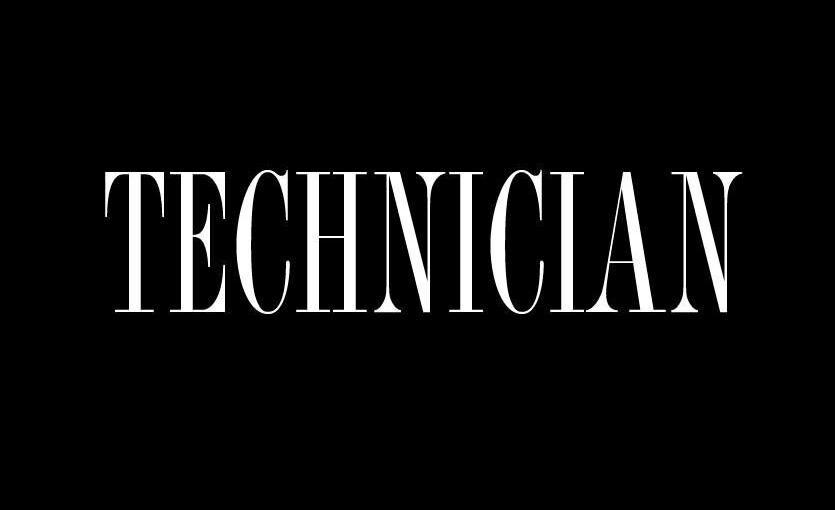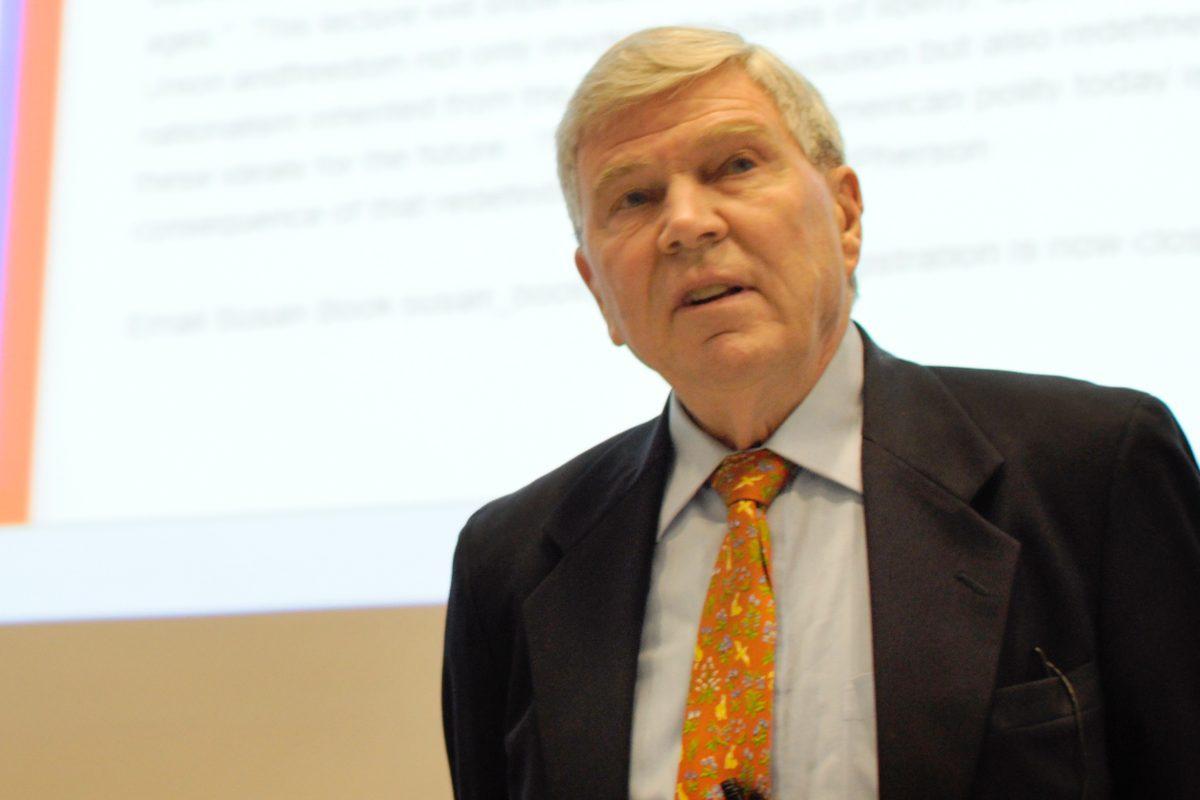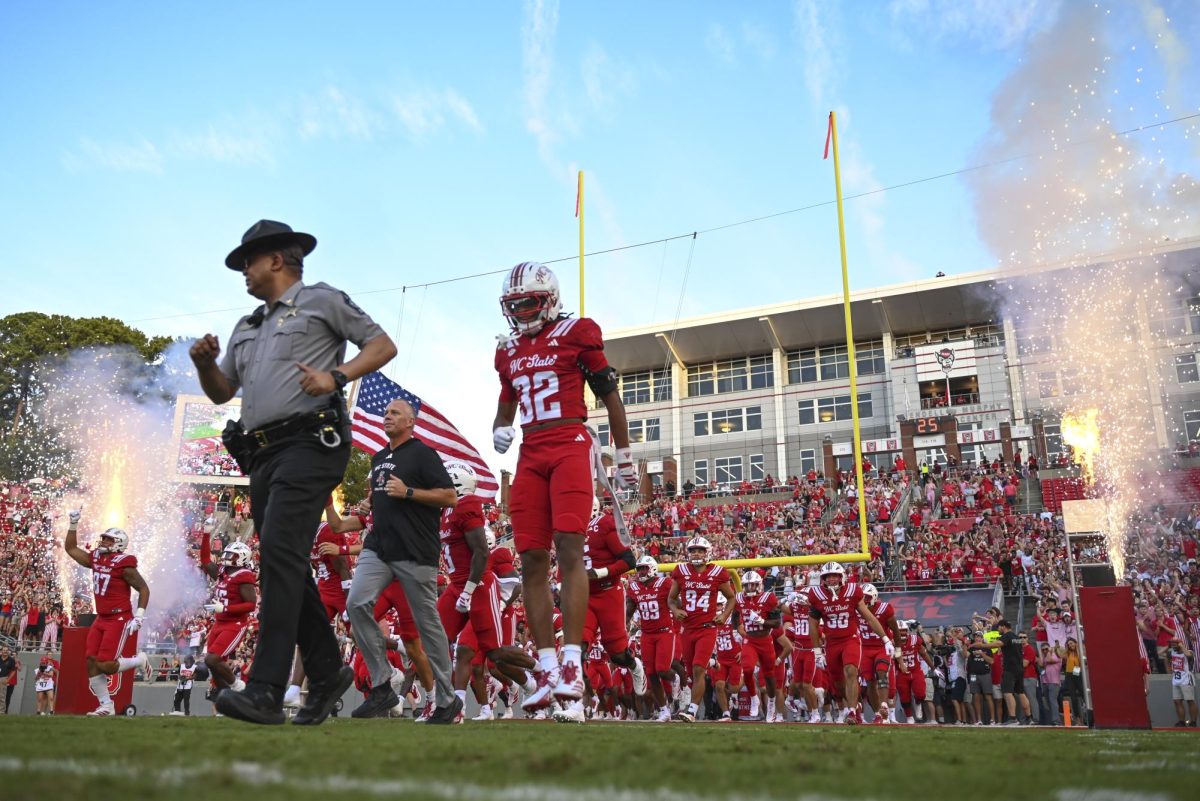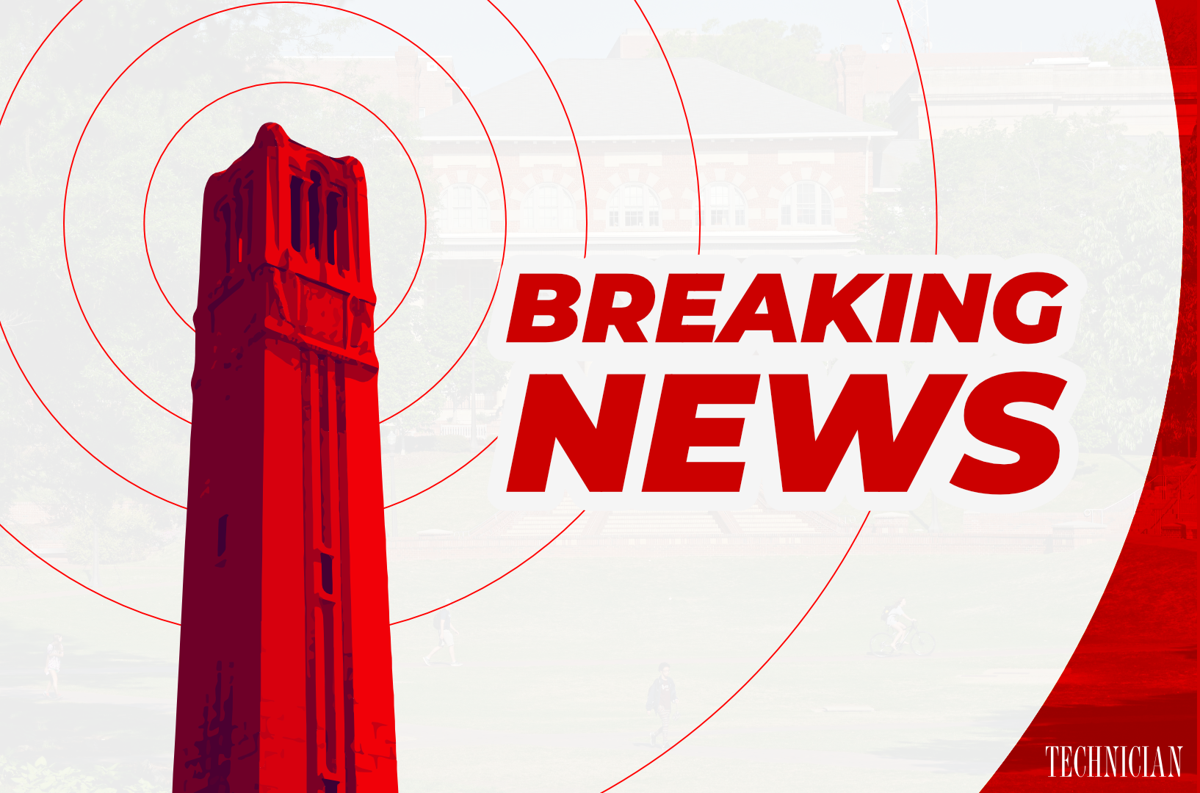We might use the term liberty a little too liberally, according to James McPherson, a Civil War historian. McPherson, a Princeton professor emeritus, put the term into context Saturday morning during a talk on Abraham Lincoln’s presidency.
Liberty, McPherson said, comes in two forms: positive and negative.
McPherson’s visit was part of the History Department’s annual History Weekend program. McPherson, the 1989 Pulitzer Prize winner for his book, Battle Cry of Freedom, delivered a lecture titled, “Lincoln: Legacy For Our Time,” centered on how historians today observe and interpret the complexities and contradictions of the 16th president of the United States.
Introduced as a “history god,” McPherson spoke about Lincoln’s impact in American history and the president’s influence on emerging democracies abroad.
He said the use of the word liberty has taken on many meanings throughout our interpretations of history and stressed what Lincoln had called the divide between “positive liberty and negative liberty,” as outlined in a speech from April 1864 in Baltimore.
Positive liberty, McPherson said, was the enactment of laws to protect and best serve the individual, while negative liberty could be exemplified by the minimal role of government in the lives of the people, refusing to empower those taken advantage of by a history of slavery and prejudice.
Lincoln, a fan of Aesop’s Fables, stated, “The shepherd drives the wolf from the sheep for which the sheep thanks the shepherd as his liberator, while the wolf denounces him for the same act as the destroyer of liberty. Plainly, the sheep and wolf are not agreed upon a definition of liberty.”
In this example, McPherson said, Lincoln played the role as the shepherd and referred to the Confederacy as the wolf, while the sheep was the Union and slaves held in bondage.
In this sense, McPherson argued, Lincoln was the cross-bearer of positive liberty. While historians have shown Lincoln’s contradictory views on colonialism and slavery, the ideals he fought for in the 13th,14th and 15th Amendments embodied positive liberty.
“Lincoln’s party carried on the tradition of positive liberty at least through the presidency of Theodore Roosevelt,” McPherson said. “In the 20th century, the two major parties gradually reversed positions. The Democratic Party, once the bastion of negative liberty, states’ rights and limited government, donned the mantle of positive liberty, while most Republicans came to invoke the mantra of negative liberty.”
“Now, it is the Democratic Party that has carried Lincoln’s legacy on full circle, with the election, and now re-election of our first African-American president,” McPherson said. “[Obama] made the new birth of freedom the theme, invoking Lincoln’s ‘Gettysburg Address’ the theme of his first inaugural address in 2009, and in his second inaugural address made the prolific statement, ‘It is the responsibility of government to help people do what they cannot do themselves.’”
McPherson said Americans need to understand the definitions of positive and negative liberty, and by doing so, we can better grasp Lincoln’s legacy.





